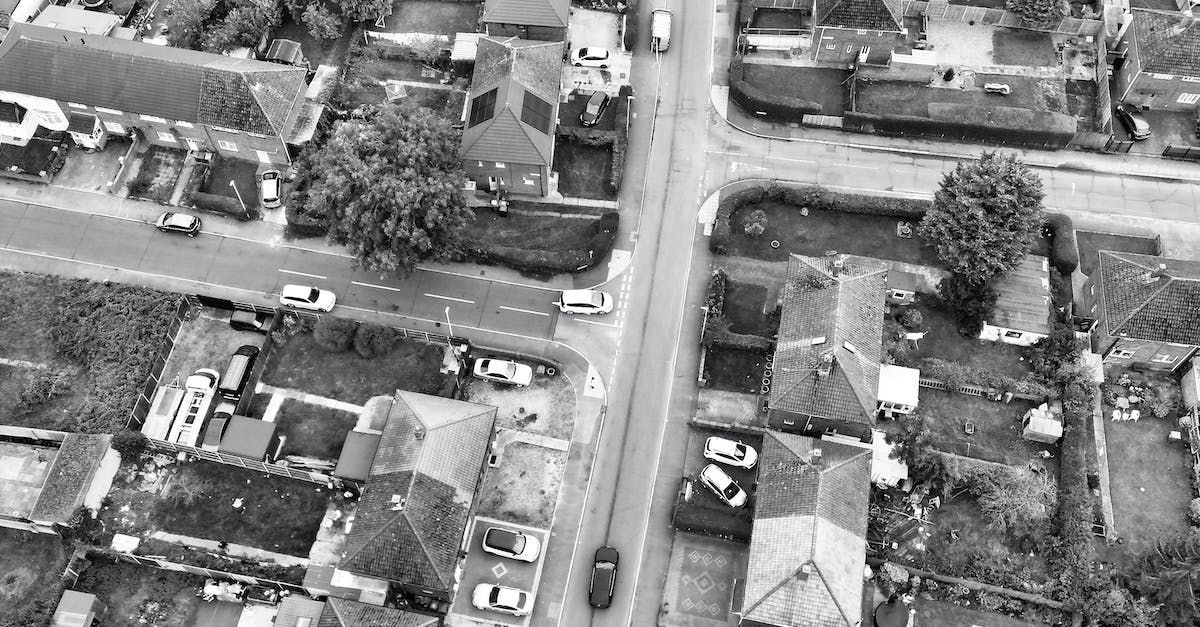Metro Boston and the NIMBY
Is there any hope to get past "not in my backyard" attitudes?

Before you read this post, read this report: https://www.tbf.org/news-and-insights/reports/2023/november/exclusionary-by-design-report
NIMBYism, an acronym for "Not In My Back Yard," is a colloquialism signifying a phenomenon where residents oppose new developments because they dislike their implications, even though the projects serve a greater need. In metro Boston, a region plagued by housing shortages and skyrocketing prices, NIMBY attitudes have become a significant roadblock in the path toward sustainable housing development, with far-reaching implications.
Boston, one of America’s oldest cities, is a hub of innovation, education, and history. But as the city has evolved, so too has the complexity of its housing market. The city's economic boom, coupled with its prestigious educational institutions, has attracted a diverse, growing population. Unfortunately, housing development has not kept pace with this influx, resulting in a classic supply-and-demand imbalance. The resultant high housing costs are a clear testament to this disequilibrium.
At the heart of the issue is the resistance to new housing projects, often spearheaded by well-meaning residents who fear change in their neighborhoods. These residents worry about increased traffic, the loss of community character, environmental concerns, and the strain on local services. While such concerns are valid, the aggregate effect of these NIMBY attitudes is a significant barrier to the construction of both market-rate and affordable housing units.
The consequences of unchecked NIMBYism are severe. For starters, the scarcity of housing drives up rent and home prices, making metro Boston unaffordable for many. The median home value in Boston far exceeds the national average, and rents are among the highest in the United States. This housing affordability crisis disproportionately affects low- and middle-income families, often pushing them to the outskirts of the city, far from their jobs and communities, exacerbating socio-economic divides.
Additionally, NIMBYism stifles economic growth. When housing is unaffordable, it becomes challenging to attract a diverse workforce. Young professionals and families may choose to relocate to more affordable areas, depriving Boston of the talent pool that fuels its industries and academic institutions. This talent drain can have a domino effect, dissuading companies from setting up shop in an area where employees can't afford to live, potentially leading to a stagnating local economy.
Moreover, the lack of affordable housing also aggravates homelessness. As rents rise, even a temporary financial setback can lead to eviction and homelessness for those without a safety net. The city has made strides in combating homelessness, but these efforts are undermined when new affordable housing projects are halted by local opposition.
The environmental impact is also noteworthy. Urban sprawl, a direct consequence of insufficient inner-city housing, leads to longer commutes and increased carbon emissions. By hindering high-density development, which is more energy-efficient and supports public transit, NIMBYism inadvertently contributes to environmental degradation.
To mitigate the negative impacts of NIMBY attitudes, metro Boston needs a multi-faceted approach. Zoning reforms that allow for greater housing density and mixed-use developments are critical. There's also a need for community engagement and education to build consensus around the benefits of development and the shared responsibilities of urban growth.
Cities like Boston, which have introduced streamlined permitting processes for developers and incentives for building affordable units, have seen some progress. Programs like Boston's Compact Living Policy, which allows for the construction of smaller, more affordable units, are a step in the right direction. Similarly, the city's Inclusionary Development Policy mandates that developers include affordable units in their projects or contribute to the city's Affordable Housing Fund.
The path forward requires balancing the valid concerns of current residents with the urgent need for more housing. It calls for thoughtful, community-centric urban planning and a collective shift in mindset from NIMBY to YIMBY — "Yes In My Back Yard." With such changes, metro Boston can transform its housing market into one that is accessible, sustainable, and conducive to the city's long-term health and prosperity.
NIMBYism, in its essence, is a natural human response to change, but in metro Boston, it’s time for a paradigm shift. Embracing development, with a keen eye on the community and environmental impact, is crucial. Only then can the city ensure that its housing market is a robust foundation for a thriving, inclusive urban future.










